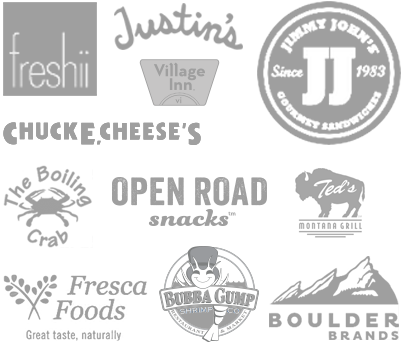If you manufacture beverages, you're probably aware that the FDA reference amounts customarily consumed (RACC) for beverages is 12 fluid ounces. (Fruit juice, milk, and milk-based drinks' RACC are eight fluid ounces.) The RACC guides the serving size on a Nutrition Facts panel (NFP). That means the serving size for a Nutrition Facts panel for beverages is 12 fluid ounces or some other unit that makes sense and still follows FDA regulations. What if your bottled beverage is under or over 12 fluid ... Full Article
Alcoholic Beverages Exempt from Menu Labeling
Restaurants and similar food establishments covered under the FDA menu labeling legislation are required to post calories on their menus. Alcoholic beverages listed on a menu must also declare calories. However, there are some exemptions to keep in mind. Alcoholic drinks offered by your establishment but not listed on a menu, such as bottles of alcohol on display that are not self-serve and used for rail or mixed drinks, are exempt from menu labeling. For example, if a customer orders a gin ... Full Article
FDA Food Safety and Nutrition Survey (FSANS) Results
Results from the FDA Food Safety and Nutrition Survey (FSANA) have been released. The survey assesses consumers' understanding of topics concerning food safety and nutrition. The survey findings help inform and shape decision-making to promote and protect public health. Here are some key findings that relate to nutrition analysis: Eighty-seven percent of respondents have looked at the Nutrition Facts label. In addition to watching calories, consumers also look for total sugar, sodium and ... Full Article
Tips to Avoid Spreading Food Allergens
Cross-contact occurs when a food or surface (utensil, equipment, gloves, towels, etc.) containing an allergen or gluten touches an allergy-/gluten-free food. This contact may be direct (putting croutons which contain wheat and gluten on a salad which is typically free of allergens and gluten), or indirect (hands or utensils carrying food bits, or flour particles in the air). Tips to Prevent Cross-Contact of Allergens and Gluten: Wash all work surfaces, cutting boards, utensils, ... Full Article
Added Sugars on the Nutrition Facts Label
We have had four years to get familiar with the new Nutrition Facts label that includes “added sugars.” Occasionally we are asked what is meant by added sugars. The FDA provides this definition. Added sugars include sugars that are added during the processing of foods (such as sucrose or dextrose), foods packaged as sweeteners (such as table sugar), sugars from syrups and honey, and sugars from concentrated fruit or vegetable juices. They do not include naturally occurring sugars that ... Full Article
- « Previous Page
- 1
- …
- 4
- 5
- 6
- 7
- 8
- …
- 17
- Next Page »



